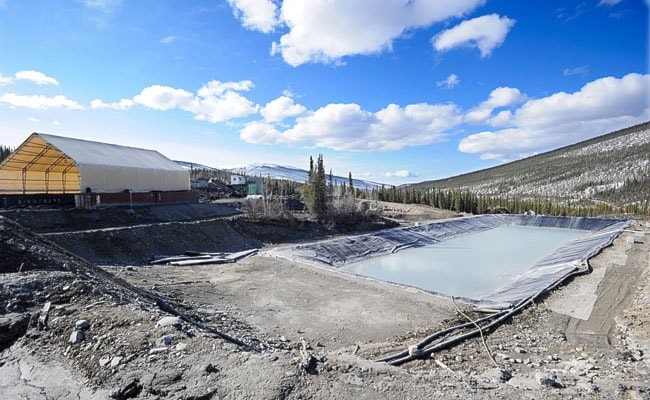Amendments to the Yukon Environmental and Socio-economic Assessment Act received second reading in the Senate yesterday.
Until last week the proposed changes to the territory’s environmental assessment regime were shrouded in secrecy. Aboriginal Affairs refused to make draft amendments public, and groups that were consulted on the changes were sworn to silence.
But both the federal and territorial governments have been hinting that the amendments would have something to do with mandating maximum timelines for assessments.
Indeed, the tabled legislation does include new rules with respect to the time it takes to complete an assessment.
Most projects assessed would be limited to a nine-month window between when the proposal is received and when the board issues its recommendation.
However, the clock would be stopped any time the assessment board asked for additional information from the proponent until such information was provided.
That’s actually more generous than the board’s assessment timelines under its current regulations.
Those rules allow for the board to spend a maximum of about four and a half months assessing a project at the designated office level, not including the time it takes for proponents to respond to information.
The timelines in YESAB’s current regulations are very aggressive, and among the shortest in the country, said Rob Yeomans, spokesperson for the board, this week.
The average designated office assessment last year took only 65 days, including the time it took for proponents to respond to information requests, he said.
The new timelines proposed in the federal amendments are more likely to have an impact at the executive committee level of screening, which is reserved for only the most significant projects in the Yukon.
Since 2006 only 12 proposals have been submitted to the executive committee, including large mining projects and significant government infrastructure, such as the Whitehorse liquefied natural gas plant that is currently before the board.
For these projects, the assessment window would be limited to 16 months, excluding the time that it takes for proponents to respond to information requests.
Only four projects have completed assessment at the executive screening level to date, including the Carmacks Copper mine, the Eagle Gold mine, the Mayo B hydro project and the Carmacks-Stewart transmission line.
The two Yukon Energy projects took less than 16 months total for the assessment, while the two mines both took more than two years.
However, when you exclude the time it took for the mining companies to respond to information request, those projects, too, were assessed within the newly-proposed 16 month timeframe.
In addition to the new timelines, the proposed amendments could give significantly more power to the Yukon government when it comes to assessments.
The tabled bill allows the federal minister to delegate to the territorial minister all of the federal powers under the act.
The amendments would also eliminate the requirement for a new assessment for renewed or amended permits, unless the changes are deemed to be significant by the decision body, which is typically the Yukon government except when the project is located on First Nation settlement land.
The new rules would also allow for the government to recoup the costs of assessments from project proponents.
Contact Jacqueline Ronson
jronson@yukon-news.com
